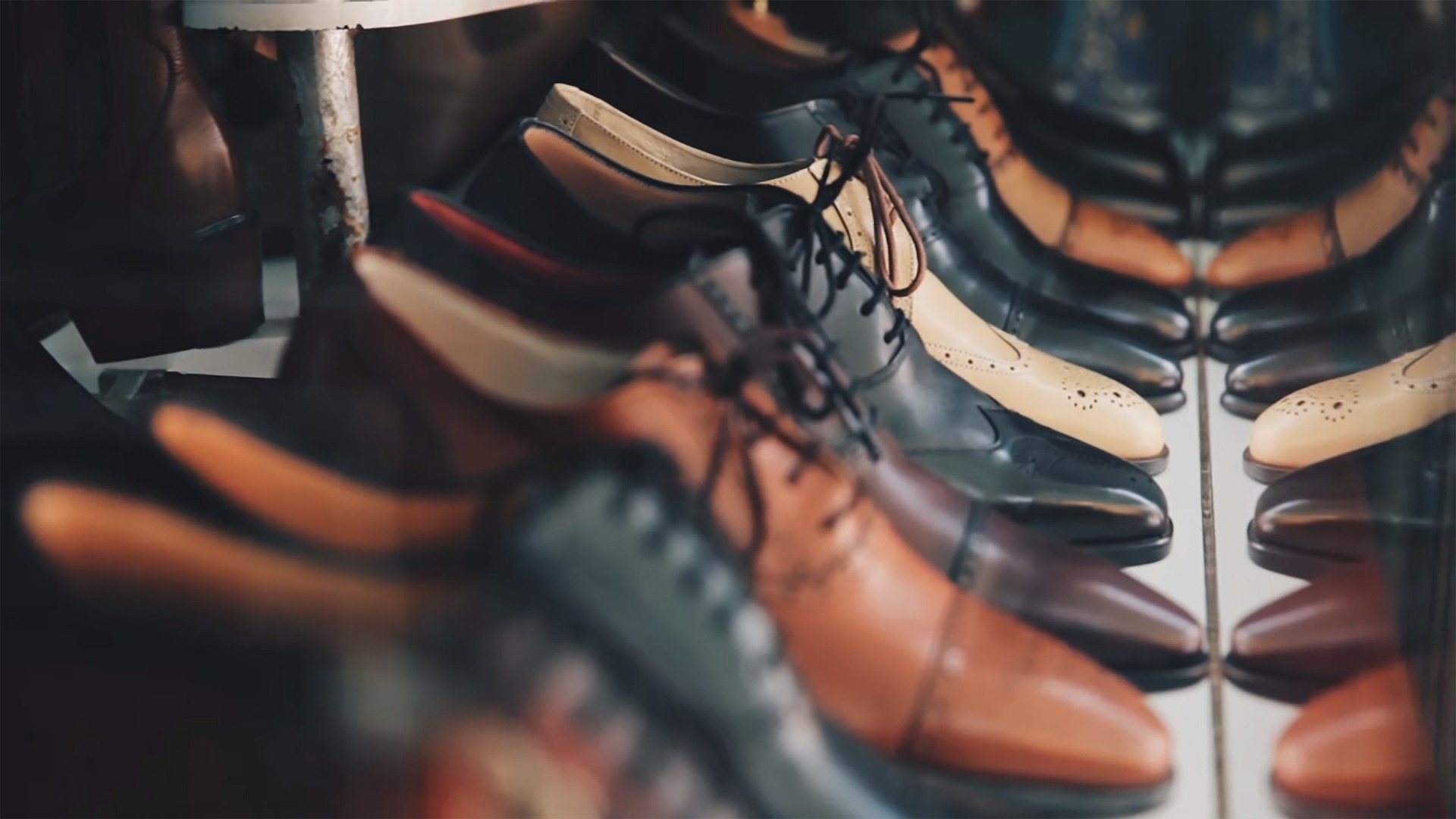E-commerce in fashion, especially in the leather clothing and footwear sector, has shown remarkable growth in recent years. In 2023, global online footwear sales reached $113.04 billion, and by 2028 this figure is projected to rise to $157.06 billion, with a compound annual growth rate of 6.8%.
This outlook offers significant opportunities for entrepreneurs and merchants interested in entering this market.
Below, you will discover practical and specific tips for selling leather clothing and shoes online effectively.
1. Select quality products
Quality is essential when selling leather products. Make sure the items you offer are made of genuine leather and feature excellent craftsmanship. Consumers value the durability and finish of these products, so investing in reliable suppliers is crucial.
Practical advice: Establish strong relationships with suppliers that guarantee high quality standards. Consider visiting workshops or factories to personally verify production processes and ensure they meet your expectations.
2. Photographs and detailed descriptions
In e-commerce, images and product descriptions are your products’ shop window. Use high-quality photographs that show different angles of the product, highlighting details such as stitching, textures and finishes. Include detailed descriptions that specify materials, dimensions, care instructions and any distinctive features.
Practical tip: Invest in a professional photo shoot. Use natural lighting and neutral backgrounds to highlight the product. Make sure the images are consistent in style and quality throughout your catalog.
3. Competitive pricing strategies
Setting appropriate prices for your products is vital to attracting and retaining customers. Research the market to understand the price range of similar products and determine your strategy based on the quality and exclusivity of your items.
Practical advice: Offer temporary promotions or volume discounts to encourage larger purchases. Consider implementing loyalty programs that reward repeat customers with discounts or exclusive benefits.
4. Efficient inventory and logistics management
Effective inventory and logistics management ensures that products are available and delivered on time, which improves the customer experience and encourages repeat purchases.
Practical advice: Use inventory management systems that allow you to monitor stock in real time. Establish partnerships with reliable logistics companies that guarantee fast and secure deliveries. Offer order tracking options so that customers can monitor their purchases.
5. Personalized customer service
Providing exceptional customer service can set your store apart from the competition. Respond quickly to inquiries, manage returns efficiently, and find solutions that satisfy your customers.
Practical tip: Implement a live chat system on your website to answer questions in real time. After a purchase, send out satisfaction surveys to get feedback and continuously improve your processes.
6. Focused digital marketing
A well-defined digital marketing strategy can increase the visibility of your store and attract your target audience. Use tools such as SEO, social media advertising, and email marketing to promote your products.
Practical advice: Create relevant, quality content on a blog associated with your store, addressing topics related to leather care, fashion trends and style advice. This will not only attract organic traffic, but also position your brand as an authority in the sector.
7. Adaptation to mobile devices
With the increase in purchases via mobile devices, it is essential that your online store is optimized for these devices. In 2023, mobile devices accounted for 58.8% of online footwear purchases.
Practical advice: Make sure your website is responsive, i.e. that it automatically adapts to different screen sizes. Run regular tests to ensure a smooth user experience on smartphones and tablets.
8. Sustainability and social responsibility
Today’s consumers value sustainable and ethical practices. Offering responsibly sourced leather products and communicating your sustainability efforts can appeal to a conscious segment of the market.
Practical advice: Be transparent about the origin of your materials and production processes. Consider obtaining certifications that endorse sustainable practices and share this information on your website and marketing materials.
Entering the online market for leather clothing and shoes presents a lucrative opportunity for entrepreneurs and retailers. By focusing on product quality, attractive presentation, competitive prices and exceptional customer service, you can establish a strong and successful e-commerce presence.
